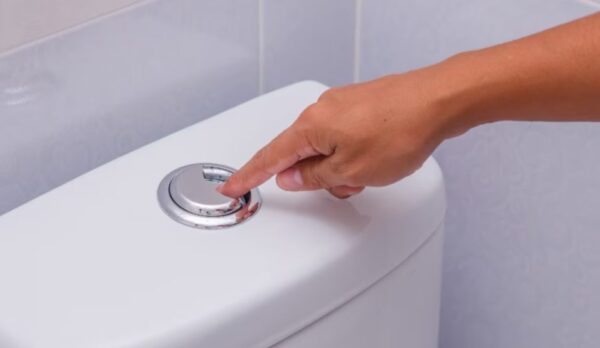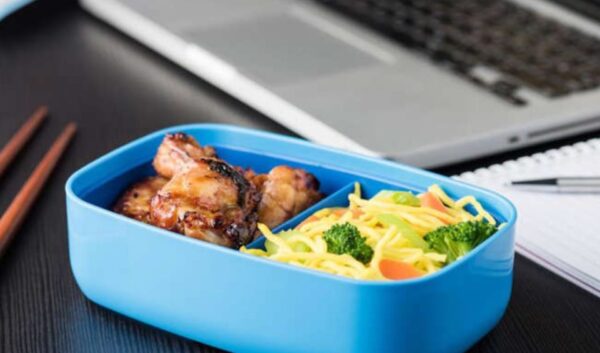Lifestyle
Why the toilet flush has one large and one small button

You’ve probably noticed it a hundred times but never really thought about it– those two buttons on your toilet flush.
One small, one big. You press whichever feels right in the moment, without thinking twice. But have you ever paused to ask why there are two buttons in the first place?
No, it’s not some fancy bathroom design trend or an aesthetic choice to make your toilet look “modern.”
There’s actually a smart and super practical reason behind it– and it has a lot to do with how much water you’re flushing away every day.
Two buttons, two jobs
Today’s toilets often come with what’s called a dual-flush system. It simply means there are two different flush options. One uses less water, the other uses more– depending on the type of waste you’re getting rid of.
The smaller button is for flushing liquid waste (like urine), and the larger one is designed for solid waste. This isn’t just for convenience– it’s actually part of a larger plan to use water more wisely.
Saving water, one flush at a time
Here’s where things get interesting– flushing the toilet is actually one of the biggest ways we use water at home. Traditional single-flush toilets use a fixed amount of water each time, typically between 9 to 12 litres, no matter what’s being flushed. That’s a lot, especially when it’s just for liquid waste. According to a report presented by the Times of India, dual-flush toilets are designed to solve that problem by giving you two options. The smaller flush uses about 3 to 4.5 litres, while the larger one uses around 6 to 9 litres. So, if you’re only urinating and choose the smaller flush, you end up saving litres of water every single time.
The number might surprise you
On average, a household using a dual-flush toilet properly can save up to 20,000 litres of water every year. That’s like saving over 100 full bathtubs of water annually– just by choosing the right button, according to the report. Apart from being environmentally friendly, it’s also great for cutting down water bills. Less waste, literally.
Who came up with this idea?
While the dual-flush system seems like a modern invention, the concept has been around for decades. According to the TOI report, it was first proposed by Victor Papanek, a designer who believed in creating solutions for real-world problems. The first country to widely adopt it was Australia in the 1980s, and now, it’s a global go-to for eco-conscious households.
So… which button should you use?
If you’re unsure about which button does what, most dual-flush toilets make it easy to figure out. Usually, you’ll notice that one button is smaller or marked with a symbol like a half-circle or a single water droplet– that’s the one meant for a light flush, typically used after urinating. The other button, which is larger or marked with a full circle or two droplets, is meant for flushing solid waste. A simple rule to follow is: if it’s just pee, use the smaller flush; for anything more, go with the bigger one. It’s a small habit to build, but once you get the hang of it, it becomes a natural part of your routine.
Small choices, big impact
It might seem like a tiny decision—choosing between two flush buttons—but when millions of people make that choice mindfully every day, the impact is huge. Conserving water isn’t always about big lifestyle changes; sometimes, it’s about these little moments of awareness. So next time you’re at the toilet, remember: one button press can actually help the planet.






